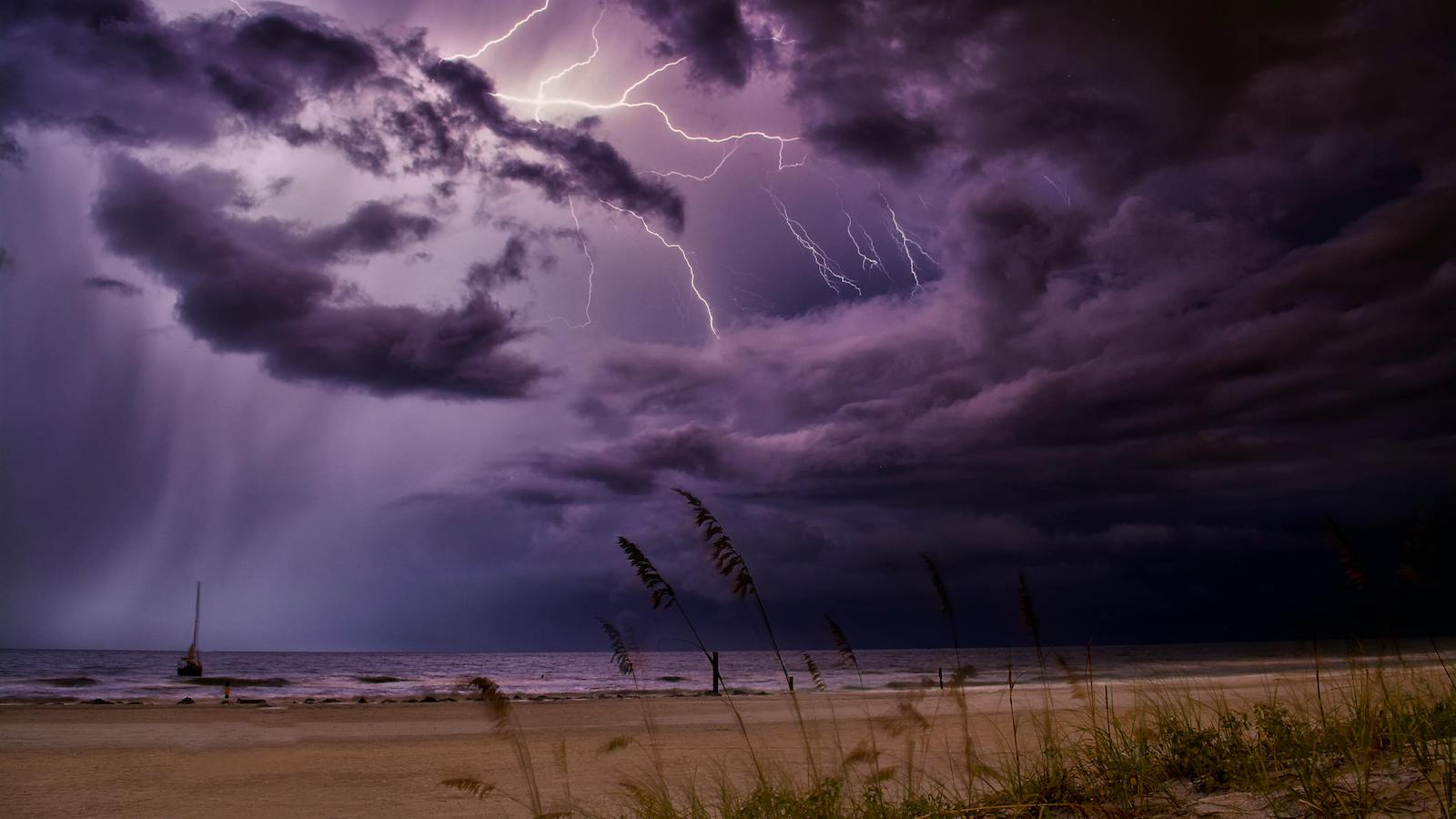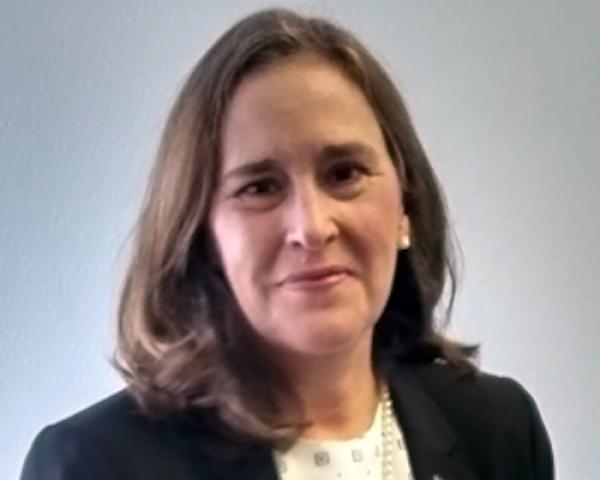Extreme weather across the globe—including heat, wildfires and floods—is escalating. Meanwhile, the East Coast is sinking, and only 14% of Americans have flood insurance, according to a survey commissioned by Selective and conducted by the Harris Poll. That same survey also found that the majority of Americans severely underestimate their own personal flooding risk while overestimating what their policies actually cover.
What gives?
For agents and consumers, the insurance landscape—which, by all indications, will only continue to be affected by extreme weather—is in complex, unprecedented territory. There’s no denying it: We’re all being forced to maneuver through turbulent headwinds, which is why it’s all the more important to examine the powerful forces at play. Doing so will ensure that insurance professionals and consumers alike are equipped and positioned to navigate the months and years ahead.
See also: How to Prepare for Extreme Weather
Examining the Insurance Landscape
The insurance industry remains in a hard market, and no one knows exactly when it will end. There are numerous contributing factors to the hard market—from lingering effects from the pandemic to increased interest rates and inflation, as well as broader economic uncertainty and extreme, volatile weather.
More frequent extreme weather and natural disasters inevitably lead to increased losses for insurance carriers, which compounds the challenging market. Meanwhile, late spring marks the beginning of hurricane and wildfire season, which creates problems in the short term and, depending on the severity of the season, could carry long-term implications, as well.
In addition, many carriers are struggling to maintain adequate (and often mandated) reserve capacities. Rate increases and underwriting discipline will be at the core of insurers’ measures to carve a path forward. Until the landscape changes, these challenges will remain forces that insurers must contend with to remain competitive and profitable.
While the economy and hurricane season can’t be controlled by agents, what is within their control? What opportunities exist?
As mentioned, only 14% of Americans have flood insurance—and, according to that same survey, two-thirds of Americans with homeowners or renters insurance incorrectly believe their current policy covers flood-related damage. Those statistics show that a laser-eyed focus on consumer awareness, education and engagement is crucial, and the key to how agents can successfully navigate the hard market and add value to their clients amid extreme weather.
Consumer Communications Amid Extreme Weather and the Hard Market
There are three key points that consumers need to know—and that insurance agents need to clearly communicate in their messaging to their customers, both current and prospective. Whether the communication is on social media, via email, over the phone or in person, these are the points to drive home with consumers:
- Standard Policies Rarely Include Flood Protection: While millions of Americans assume that their homeowners or renters policy includes coverage for flood damage, the reality is that standard policies almost always omit flood protection. Flood insurance is typically a separate policy, obtainable through either the federally backed National Flood Insurance Program (NFIP) or the private market.
- FEMA Flood Maps Are Not a Sufficient Guide: According to the National Association of Insurance Commissioners, approximately 25% of flood claims covered by insurance policies occur outside FEMA-designated hazard zones. While FEMA certainly serves an important role in providing resources and guidance, solely relying on FEMA flood maps will, for many homeowners and renters, pose the risk of being underinsured. And as extreme weather continues, this risk only escalates.
- Anywhere It Rains, Flood Damage Is a Threat: Flooding can occur due to various scenarios, including persistent rainfall, river and lake overflow, rapid snowmelt and even wildfires. It’s also essential for consumers to be aware that there is a 30-day waiting period for both purchasing and renewing flood insurance, and that flood protection policies can be purchased at any time—except during an actual flood. Considering the extent to which consumers are underestimating the threat of flood damage, it’s all the more important for insurance industry professionals to focus on communicating these basics, and doing so with clarity and empathy.
See also: Property Underwriting for Extreme Weather
In addition, it’s crucial to be proactive about renewals and cultivating strong relationships with fellow industry professionals, including carriers and underwriters, who can be vital in securing that favorable policy and helping both the agent and policyholder maneuver through the hard market. For agents, that relationship-building ability combined with local expertise and access to multiple markets will go a long way to alleviate customers’ pain points.
While the focus here has been mainly on extreme weather and flood protection specifically, much of this analysis also applies to the broader complex insurance market. Across the board, the story remains largely the same: Premiums are increasing, while many consumers remain unequipped with the knowledge and tools to adequately protect themselves, their assets and their families.
What this all underscores: the critical and ever-increasing role of independent agents and industry professionals in helping consumers make wise decisions and successfully navigate this landscape.
The good news, if you’re an insurance industry professional: today, is that your job is more important than ever—and as a consumer educator and advocate, you are primed to make a tangible, positive difference for policyholders, their loved ones and their financial futures.






